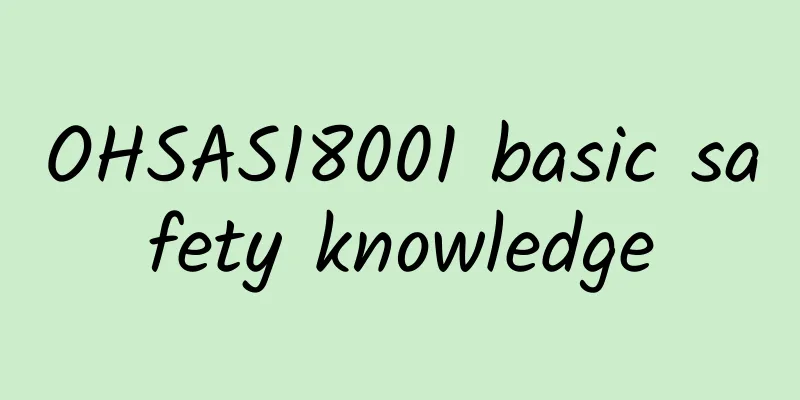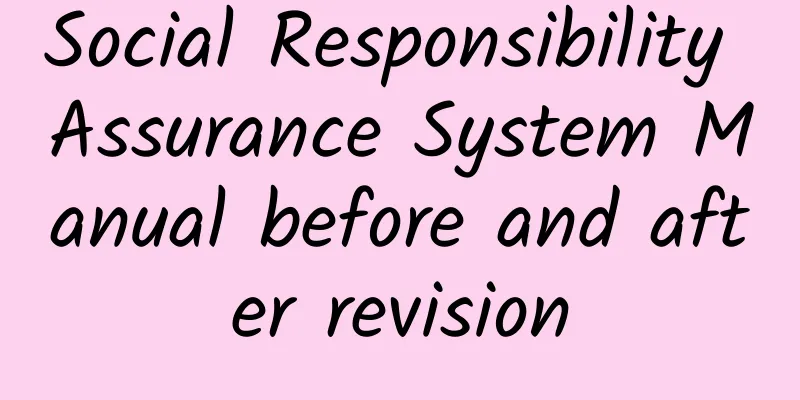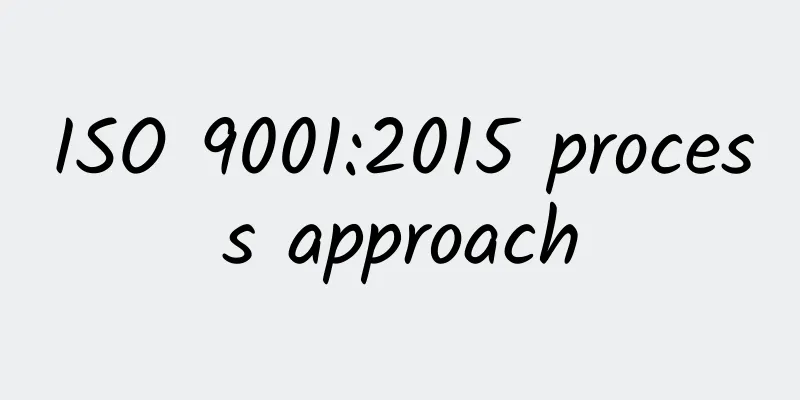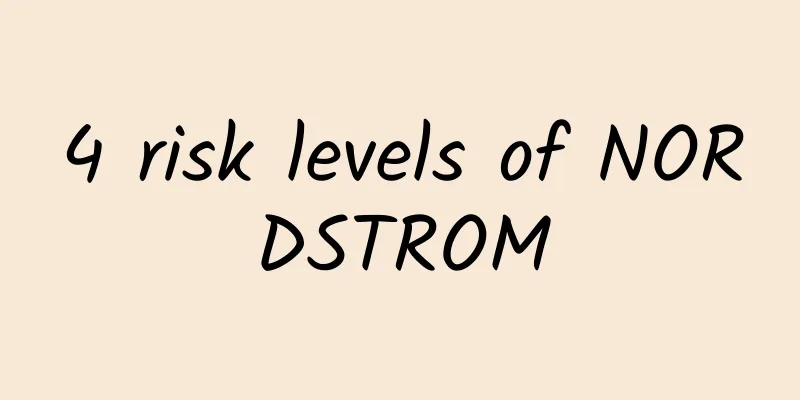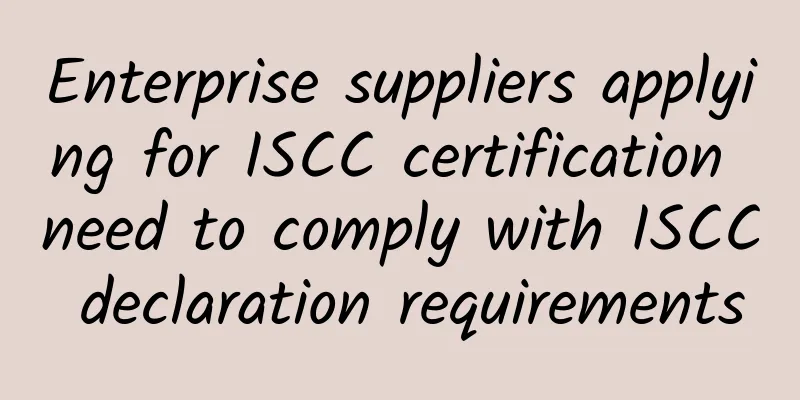|
OHSAS18001 basic safety knowledge
Electric shock
1. Electrical equipment and wires in the workplace must be well insulated and live parts must not be exposed.
2. Electrical equipment must have good grounding, zero connection and other safety protection measures.
3. The workplace must be kept dry and clean.
4. Operators must wear insulating protective equipment, and those engaged in high-voltage live work should wear shielding clothing.
5. Operators must test the electricity before operating an unknown circuit and can only operate after confirming that it is safe.
6. When working with live electricity or near live objects, no work is allowed without reliable safety measures.
7. Fires in electrical equipment should be extinguished using dry powder, carbon dioxide fire extinguishers, etc.
8. Running lights must use safe voltage.
9. Electricians must undergo special training and hold a certificate before they can work.
1. Fireworks are strictly prohibited in workplaces where flammable and explosive items are scattered.
2. Dangerous places must have good ventilation facilities to prevent the accumulation of dangerous gases.
3. The metal smelting and pouring sites should always be kept dry to prevent leaked high-temperature molten metal from coming into contact with water ...
4. Equipment in hazardous locations should be kept in good condition and should be regularly calibrated, maintained, serviced and overhauled.
5. Managers and operators in hazardous places must undergo training and pass assessment before they can take up their posts.
6. The unit providing the metal scraps should be responsible for inspection before shipment and remove any flammable, explosive or dangerous items from the metal scraps.
7. Dangerous enterprises must formulate safe operating procedures, and workers must follow these procedures when they are on duty. Explosion-proof electrical equipment, lightning protection, and static electricity removal facilities must be strictly managed.
First aid for electric shock
1. Cut off the power supply immediately. If the power switch is far away, you can use an insulating object such as a dry wooden stick to pull the wires. Do not use metal materials or your hands to pull the wires to prevent chain electric shock.
2. If the person who is electrocuted is conscious or has not lost consciousness, he can lie down and rest under close observation.
3. If the person who is electrocuted is unconscious and not breathing, but his heart is beating, artificial respiration should be used immediately.
4. If the person who is electrocuted is breathing but his heart has stopped beating, first aid should be given by external cardiac compression.
5. If the person who is electrocuted stops breathing and his heart stops, artificial respiration and cardiac compression should be performed simultaneously. Rescue efforts should not be stopped on the way to the hospital.
Personal protection
1. When entering the production site, you should wear personal labor protection equipment as required.
2. Workers operating in places with gases, vapors or dust that are hazardous to health should wear masks, protective glasses or gas masks.
3. Workers operating in places with noise, strong light, radiant heat, flying sparks, fragments, and debris should wear ear protectors, protective glasses, masks, helmets , etc.
4. Wear a safety belt when working at heights.
5. Life jackets or life-saving equipment must be used when working on water.
6. Workers performing electrical operations should wear insulating shoes, insulating gloves, etc.
7. In production departments where there is a risk of infectious diseases, the factory should provide workers with disinfectant for washing their hands, and all tools, work clothes and protective equipment must be disinfected regularly by the factory.
Mechanical injury
1. It is strictly forbidden to wear gloves during machining. The front and cuffs of work clothes must not be open.
2. People with long hair must wear a hair cap.
3. The safety devices of machine tools must be in good condition. The workpiece and tool must be clamped firmly to prevent them from falling off or When loading and unloading heavy workpieces, use lifting equipment and wear anti-smash clothing. Safety shoes. Do not touch the rotating parts of the machine tool or perform measurement work when the machine tool is rotating. Do not remove chips by hand, use a hook, brush or special tool.
6. Do not allow hands or other parts of the body to enter the equipment operating area.
Vehicle damage
1. Driving without a license, driving in violation of traffic rules and driving under the influence of alcohol are strictly prohibited.
2. It is strictly forbidden to operate vehicles with defects or overloads.
3. When passing through the railway exit, you must be vigilant, reduce speed, and follow the steps of “ first slow down, second look, and then pass ” .
4. Railway crossing facilities should be improved, and trains should sound horns to warn when passing through the crossing.
5. Passengers and cargo shall not be mixed in the vehicle.
6. Trucks carrying passengers must first obtain a passenger permit.
7. Comprehensive management should be strengthened. Vehicle management departments and enterprises should strengthen management, establish and improve various rules and regulations, and the majority of employees and pedestrians should abide by traffic rules.
dust-proof
1. All enterprises and institutions involved in dusty operations should adopt comprehensive dust prevention measures and new dust-free or low-dust technologies, processes and equipment to ensure that the dust concentration in the workplace does not exceed the national health standards.
2. Mines should use wet rock drills for ventilation, and dust prevention measures such as dust suction and watering can be adopted when necessary.
3. Products such as dry quartz powder must be packaged in paper bags, and straw bags are prohibited.
4. When enterprises use quartz powder as raw material, they should try to use natural quartz sand if possible.
5. All dust-proof equipment should be maintained by someone. The unit must regularly inspect and repair dust-proof equipment and include the inspection items in the equipment maintenance plan.
6. Factories and mines should provide effective dust masks, dust-proof work clothes and health foods to workers who are exposed to silica dust.
7. Factories and mines should conduct regular physical examinations on workers exposed to silica dust.
Falling from a height
1. When performing dangerous operations at heights, safety protection measures must be formulated and a specific person must be designated to be responsible for safe operations.
2. Workers working at heights must wear safety belts and other protective equipment, and install safety facilities such as guardrails and protective nets when necessary.
3. Climbing equipment must be strictly inspected and can only be used when the strength meets the requirements.
4. People suffering from high blood pressure, heart disease, epilepsy and other diseases are not allowed to work at heights.
5. Under adverse weather conditions ( such as strong winds above level 6, heavy rain, heavy snow, and heavy fog ) , it is prohibited to engage in open-air high-altitude work.
Fire
1. Fireworks are strictly prohibited near places where combustible and flammable materials are stored.
2. When operations involving open flames are to be carried out in places prone to fire, safety precautions must be taken.
3. Strengthen safety knowledge education on flammable and explosive chemical hazardous substances to prevent fire accidents caused by improper use.
4. In public places where people gather, emergency exits and evacuation routes must be kept unobstructed.
5. Equip fire-fighting facilities and equipment as required.
6. If you discover a fire, call the police immediately: 119 .
7. Units that produce flammable and explosive chemicals should indicate fire and explosion prevention precautions on their products.
Lifting Injury
1. The equipment should be kept in good condition and preventive measures should be taken when defects are found.
2. Overload lifting or oblique lifting is strictly prohibited.
3. Use lifting equipment that meets safety requirements.
4. Lifting machinery operators must undergo special training and pass the examination to obtain an operator’s license before they can take up their posts.
5. Various safety protection devices of lifting machinery should be fully equipped and regularly inspected, maintained and serviced.
6. Before the crane is operated, a signal should be sounded first and the hoisted objects are prohibited from passing over people's heads.
7. Command signals should be clear and comply with regulations.
8. When entering under a suspended heavy object, you should first contact the driver and set up a support device.
Poisoning and suffocation
1. Enterprises and institutions shall provide safety education and professional technical training to personnel who are directly in contact with toxic and hazardous substances during operations. Only after they pass the examination can they be allowed to operate independently. Violators shall be severely punished.
2. Places where toxic gases are produced must have good ventilation facilities.
3. Rooms heated by coal stoves must use chimneys.
4. Operators must wear labor protection equipment.
5. Equip rescue equipment according to relevant regulations.
6. When working in any place where toxic gases can be produced, the concentration of toxic gases should be tested and work can only begin after safety is confirmed.
7. When rescuing poisoned people, rescue personnel entering the scene must take safety protection measures.
8. After discovering the poisoned person, move him to a ventilated place as soon as possible. If the poisoned person has stopped breathing and his heart has stopped beating, artificial respiration and external cardiac compression should be used immediately for rescue, and medical personnel should be notified as soon as possible. If conditions permit, he can be sent to the hospital.
First aid for poisoning and suffocation
1. Rescue personnel must wear gas masks, self-rescuers and other protective equipment before entering the danger zone. If necessary, they should also put them on the poisoned person, and quickly move the poisoned person to a well-ventilated place, lie still and keep warm.
2. If it is carbon monoxide poisoning, and the victim has not stopped breathing or has stopped breathing but the heart is still beating, immediately perform artificial respiration after clearing the debris in the mouth and nasal cavity of the victim to keep the airway open. If the heart has also stopped beating, external chest compression should also be performed for rescue.
3. If it is hydrogen sulfide poisoning, cover the poisoned person's mouth and nose with cotton or handkerchief soaked in saline solution before performing artificial respiration.
4. During the first aid process, the rescuer must be calm and act quickly. While emergency treatment is being carried out, doctors should be notified to come to the scene for diagnosis and treatment as much as possible.
First aid for cardiac arrest: external cardiac compression
External cardiac compression is a method of first aid for patients with cardiac arrest:
Place the patient on his back on the ground or on a hard bed. The rescuer kneels or stands on the side of the patient, facing the patient, and places the right palm on the xiphoid process at the lower end of the patient's sternum, with the left hand on top of the right hand. Press down with your body weight and then relax your wrists; squeeze 60-80 times per minute. When performing external cardiac compression, the patient's head should be lowered to facilitate venous blood return.
If external cardiac compression and artificial respiration are performed at the same time, generally four external cardiac compressions are performed and one artificial respiration is performed.
First aid for respiratory arrest - artificial respiration
Artificial respiration is a method of resuscitating a patient who has stopped breathing:
Make the patient lie on his back, loosen the belt and buttons, and remove foreign objects from the patient's mouth. The rescuer lifts the patient's lower jaw with one hand, makes him lean back as far as possible, and stretches his lips. With the other hand, pinch the patient's nostrils, take a deep breath, and then blow hard into the patient's mouth, then leave quickly. The blowing force should be moderate, and the frequency should be 16-18 times per minute for adults and 18-24 times per minute for children .
If the patient's mouth cannot be opened, mouth-to-nose artificial respiration can be used, but the mouth must be pinched, and the amount of air blown must be large and the time must be long.
Emergency hemostasis
When bleeding, the amount of blood flowing out looks more than it actually is. Don't panic. First, determine the bleeding site and then calm the person down, because panic will speed up the heartbeat and cause more bleeding. If it is a small cut, directly press the injured area with a clean cloth or washed hands, which can generally stop the bleeding. If the amount of blood is large, targeted and effective methods of stopping the bleeding should be adopted.
Direct pressure method
1. When the wound is dirty, rinse it with tap water.
2. Wrap the wound with a clean cloth ( use washed hands if you don’t have one ) and press it tightly. Do not wrap toilet paper or absorbent cotton directly on the wound to prevent it from sticking to the wound.
3. Apply pressure to the wound, wrap it tightly with a bandage, and raise the wound above the level of the heart.
Hemostatic point compression method:
1. Brachial artery: Pinch the muscle of the upper arm with 4 fingers and press it towards the arm bone.
2. Femoral artery: Use the base of your palm to press the inner side of the thigh slightly above the center.
3. Radial artery: Use three fingers to press the area near the base of the thumb. |
